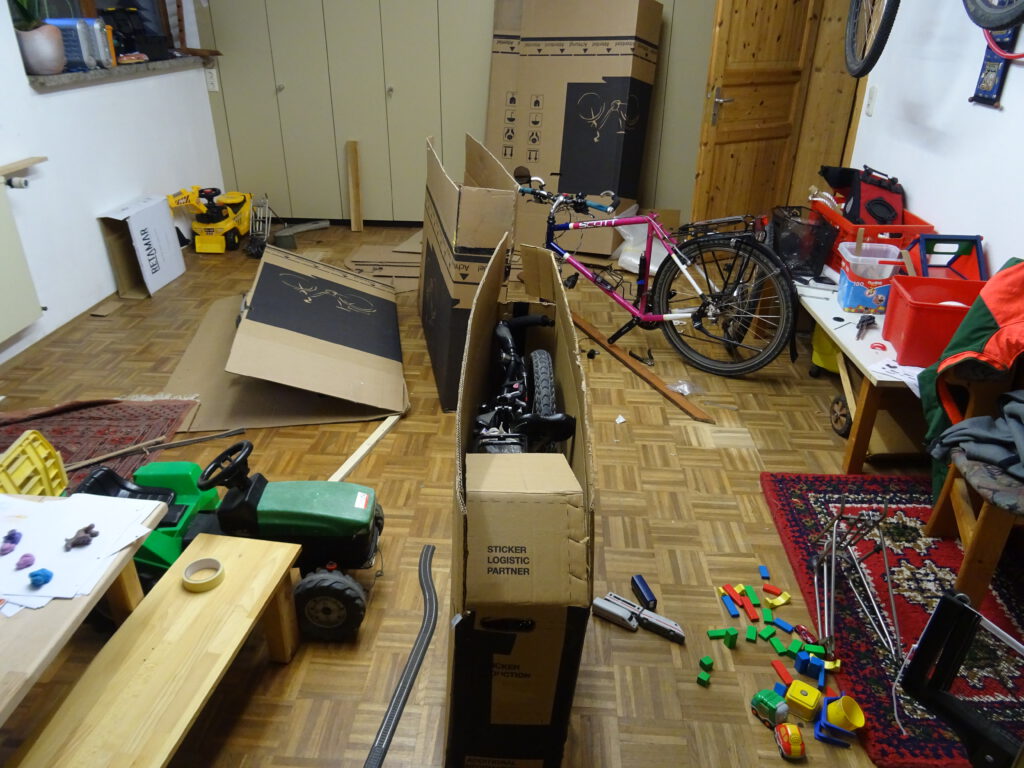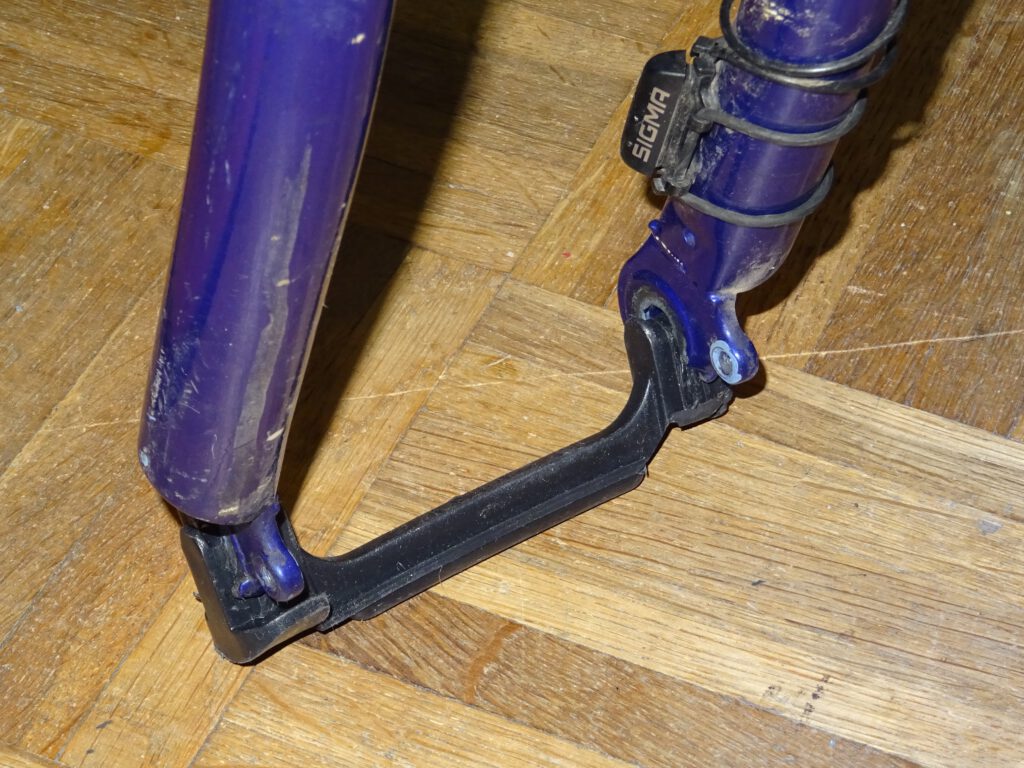Doing your homework first
This is supposed to be a quick guide on how to carry your bike on a plane, based on our experience for this trip but also based on previous trips.
First, do your homework and check, from all airlines available to your desired destination, which ones carry bikes and at what price and weight/dimensions. This might narrow down your choices significantly, as for a while airlines saw bikes as another golden mine where to extract new fares from travellers for no extra effort (no matter how much you pay, your bike will still be treated like rubbish by the baggage handlers).
Prepare and pack your bike

Once you know how much you will pay for your bike, you will need to pack it for the journey. There are several trends in this regard. Some prefer to wrap it in see-through plastic so it can be seen it’s a bike and therefore it will be treated with care. Others just buy a proper bike box, which are rigid and do a good job of protecting the bike, but they are expensive to be used only at random occasions, and if your trip is not circular you will have to deal with it at your destination. My preferred choice is a cardboard box. It’s free (you just have to ask in the nearest bike shop for the empty boxes where new bikes come in), it offers reasonable protection, it’s light, and you can just discard it at your destination without much thought.

Most airlines will require you remove the pedals and turn the handlebar, to reduce the overall width of the bike. You will also have to remove the air pressure from the tires, apparently to avoid the changes in pressure in the airplane luggage area. Finally, you will have to comply with the maximum dimensions of the box as specified by the airline. If nothing is said, you are free to use whatever you prefer, but be careful, as many new bikes, specially e-bikes, come fully mounted, with the front wheel on, and since now most bikes are 29ers, the boxes are huge and won’t be accepted by many airlines.

A few more tips:
- check that pedals can be removed well in advance, sometimes they can be quite hard to move after years without removing them. The threads are different left and right, pay attention before you cross-thread the cranks!
- ask in the bike shop for a piece of plastic that usually comes in the forks to protect them from being crushed if the wheel is not mounted. You will need it for the same reason. If not, you can build one with wood or metal hardware
- tape all the corners of the cardboard box. It will be dragged everywhere and the tape will protect against abrasion and the box breaking
- ensure nothing is loose, like bolts, or they might fall through the holes of the box
- bring extra tape with you to the airport in case you need to reinforce some areas last minute


If you are travelling with panniers, sometimes it’s not a lot of volume or weight, but for the airlines it will count as a lot of bags and they will try to charge you for each of them. Put them all in a bag like those sold in a dollar store. They are cheap and light, and will hold all items together. You can throw them away at your destination or keep them for extra pannier protection or to sit down in the grass.

One last tip before your trip. If you have other bikes that will stay at home in storage, remember to clean them (mud is corrosive to paint and metal) and leave the drivetrain in the least tension for the cables, which is usually small sprocket/small chainring.





Leave a Reply